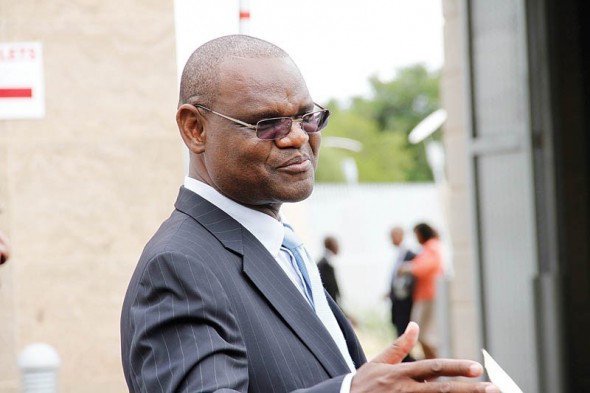The country’s central bank has announced it slashed the Bank Rate in many years citing positive inflation outlook. In a statement, the apex bank pointed out that the current state of the economy and the outlook for both domestic and external economic activity provide scope for easing monetary policy to support economic activity.
“At the meeting held on August 29, 2019, the Monetary Policy Committee (MPC) of the Bank of Botswana decided to reduce the Bank Rate by 25 basis points from 5 percent to 4.75 percent,” Bank of Botswana (BoB) said.
“Inflation increased from 2.8 percent in June 2019 to 2.9 percent in July, and was below but closer to the lower bound of the Bank’s objective range of 3 – 6 percent. Nonetheless, inflation is forecast to revert within the Bank’s 3 – 6 percent objective range in the first quarter of 2020.”
Accordingly, the MPC decided to reduce the Bank Rate by 25 basis points to 4.75 percent. However, with inflation low and stable and inflation expectations well anchored, improving total factor productivity remains key in promoting sustainable and inclusive economic growth.
“Commercial banks are required to make the necessary interest rate adjustments with immediate effect to reflect this policy decision.”
According to the bank subdued domestic demand pressures and the modest increase in foreign prices contribute to the positive inflation outlook in the medium term. This outlook is subject to upside risks emanating from the potential rise in administered prices and government levies and/or taxes, beyond current forecasts. However, modest growth in global economic activity, technological progress and productivity improvement present downside risks to the outlook, it said.
BoB said real GDP grew by 4.4 percent in the twelve months to March 2019, compared to a lower expansion of 3.8 percent in the corresponding period in 2018. This was mainly attributable to the continued good performance of the non-mining sectors and recovery in mining output. Mining output expanded by 5.3 percent in the year to March 2019, compared to a contraction of 0.3 percent in the corresponding period in 2018. Non-mining GDP grew by 4.3 percent in the year to March 2019, the same growth rate as in the corresponding period in the previous year.
GDP is projected to increase by 4.2 percent and 4.8 percent in 2019 and 2020, respectively. The significant influences on domestic economic performance include conducive financing conditions as indicated by accommodative monetary policy and sound financial environment that facilitate policy transmission, intermediation and risk mitigation.
Moreover, it is anticipated that the increase in government spending, as well as implementation of 2 initiatives, such as the doing business reforms, should also be supportive of economic activity. Overall, the economy is projected to operate close to, but below full capacity in the short to medium term, thus posing no upside risk to the inflation outlook.
Global output growth is expected to ease to 3.2 percent in 2019, from an estimated expansion of 3.6 percent in 2018. The expected moderation in global growth is due to various factors, including inter-alia: heightened trade tension between the US and China, which has the possibility to dampen confidence, investment and growth; uncertainty surrounding Brexit; as well as weaker-than-expected activity in emerging market and developing economies. Regionally, the South African Reserve Bank revised the forecasts for GDP growth for 2019 downwards to 0.6 percent from 1 percent, as a result of weak business and consumer confidence.
The Monetary Policy Report containing a full update of the Bank’s outlook for the domestic economy and inflation will be published on the Bank’s website on September 5, 2019. The remaining MPC meetings for 2019 are scheduled as follows: October 31, 2019 December 5, 2019

